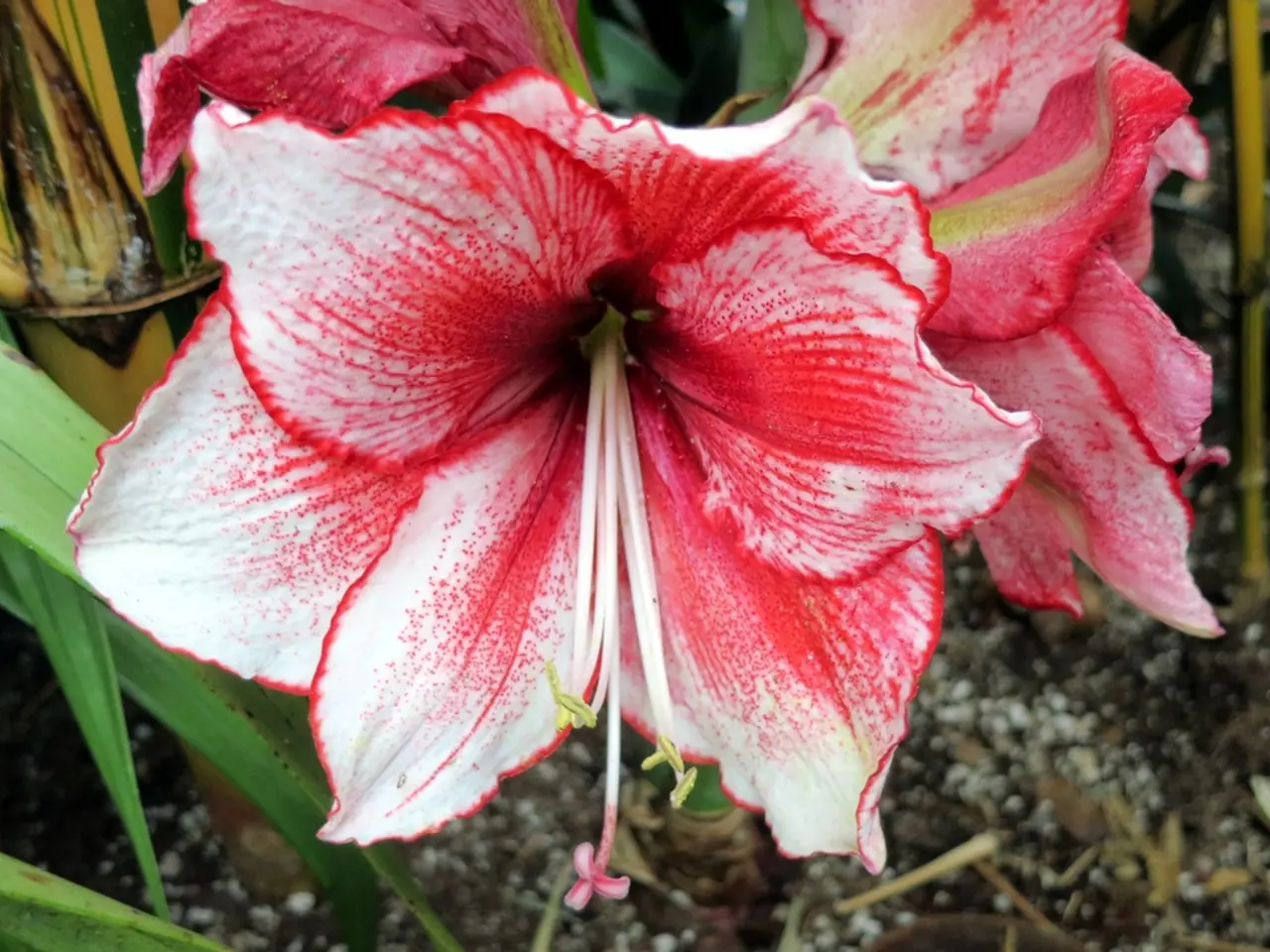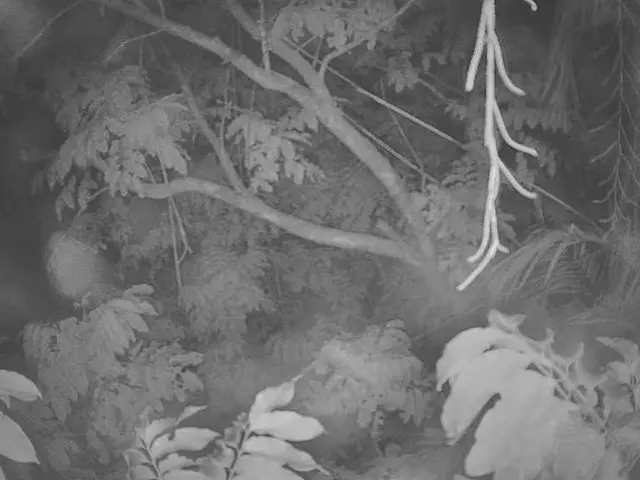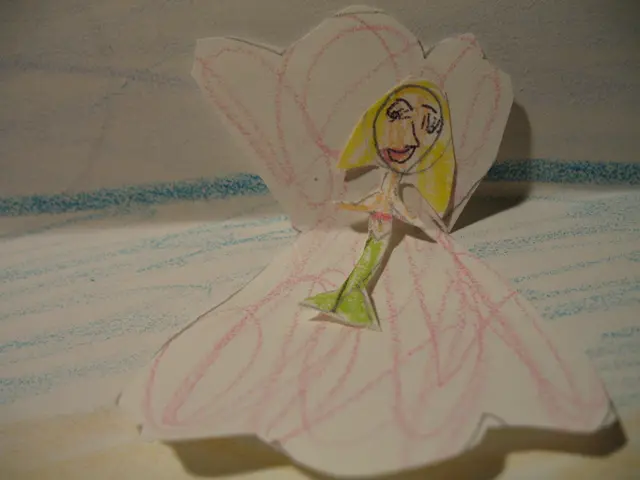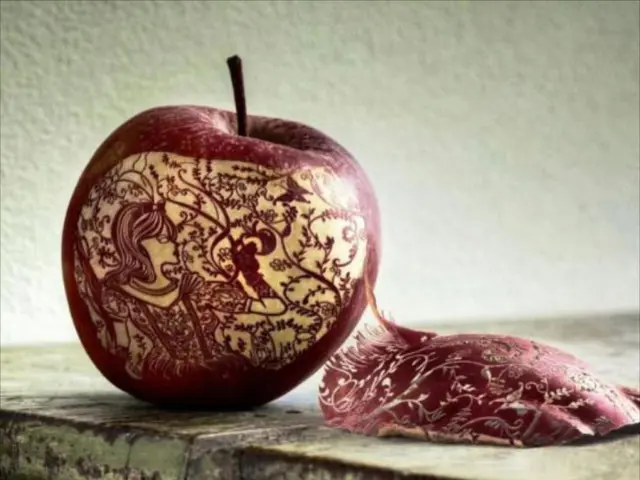Thriving Flora for Infertile Ground: Discover the Joy of Cultivating 8 Resilient Species That Thrive Everywhere!
Top Plants Thriving in Poor Soil
Gardeners with low-nutrient or infertile soils no longer need to worry about creating a vibrant and diverse garden. There are several plants that not only grow well but thrive in poor soil conditions. Here are eight such plants and their preferred soil conditions:
- Lavender (Lavandula)
- Prefers well-drained, poor to moderately fertile soil. Thrives in dry and often sandy or rocky conditions.
- Alder (Alnus)
- Does well in poor, moist soil. A UK native tree that tolerates wet, nutrient-poor soils and often used for hedging in such sites.
- Euphorbia
- Grows in dry, nutrient-poor soil. A hardy herbaceous perennial ideal for poor soils with good drainage.
- Sedum (Stonecrop)
- Thrives in poor, well-drained, often sandy or rocky soil. Very drought-tolerant succulents suited to dry, low-nutrient conditions.
- Achillea (Yarrow)
- Tolerates poor, dry soil well. Prefers full sun and can grow in infertile, drought-prone soil among wildflowers.
- Russian Sage
- Prefers poor, dry soil with full sun exposure. Robust and drought tolerant, adds silvery foliage and purple flowers.
- Echinacea (Coneflower)
- Handles dry, poor soil and full sun. Perennial with daisy-like flowers that bloom throughout summer.
- Rosemary
- Grows well in dry, poor, well-drained soil with full sun. Woody herb shrub tolerant of heat and nutrient-poor conditions.
Many of these plants thrive in well-drained soils that are dry and low in nutrients rather than heavy, waterlogged soils. They also prefer full sun exposure to grow in poor soil environments. Some, like Alder, tolerate moist but poor soil, whereas most others favor dry to moderately dry conditions.
These plants are ideal for gardeners facing infertility and low-nutrient soils, or for xeriscaping and drought-tolerant landscaping. Many have low maintenance needs and contribute to biodiversity by attracting pollinators.
For instance, Butterfly weed (Asclepias tuberosa) is a North American native plant that blooms with orange flowers and attracts numerous butterflies. Black-eyed Susan (Rudbeckia hirta) is an extremely resilient perennial that can be grown in USDA zones 3-10 and has sunny orange heads accented with black centers, unfazed by poor soils like heavy clay or sand.
If you're unsure about your soil type, soil testing can help determine the right plants for your garden. Heuchera, also known as coral bells, has a shallow root system and prefers shaded environments, making it an excellent option for areas with tree roots.
For those interested in adding more plants to their poor soil garden, consider Viburnum (Viburnum odoratissimum), a large, diverse group of shrubs or small trees whose clusters of blooms are generally highly aromatic. It thrives in a variety of soil types in USDA zones 3-8 in full sun to partial shade, and Arborvitae, a fast-growing shrub/tree that prefers full sun and can grow in various soil types, including poor soil.
Coneflower comes in an array of hues that can enliven drab areas of the landscape, and Heuchera comes in a variety of stunning foliage colors, adding a splash of color to even the poorest of soils.
- It's beneficial to know that home-and-garden enthusiasts who deal with low-nutrient soils can still cultivate a lively and various garden by considering plants that thrive in poor soil.
- For those who prefer a home-and-garden design that caters to conservation and water efficiency, the aforementioned plants, such as Russian Sage and Sedum, are suitable options for xeriscaping and drought-tolerant landscaping within the home-and-garden realm.







